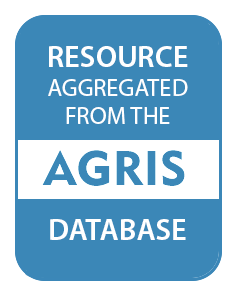Resource information
Habitat specialists living in metapopulations are sensitive to habitat fragmentation. In most studies, the effects of fragmentation on such species are analyzed based on Euclidean inter-patch distances. This approach, however, ignores the role of the landscape matrix. Recently, therefore, functional distances that account for the composition of the landscape surrounding the habitat patches have been used more frequently as indicators for patch occupancy. However, the performance of functional and non-functional connectivity measures in predicting patch occupancy of such species has never been compared in a multi-species approach.Here we evaluate the effect of habitat connectivity on the patch occupancy of 13 habitat specialists from three different insect orders (Auchenorrhyncha, Lepidoptera, Orthoptera) in fragmented calcareous grasslands. In order to calculate functional distances we used four different sets of resistance values and rankings. We then modelled speciesâ occurrence using both Euclidean and functional (based on least-cost modelling) inter-patch distances as predictors.We found that functional connectivity measures provided better results than the non-functional approach. However, a functional connectivity measure that was based on very coarse land-cover data performed even better than connectivity measures that were based on much more detailed land-use data.In order to take into account possible effects of the landscape matrix on patch occupancy by habitat specialists, future metapopulation studies should use functional rather than Euclidean distances whenever possible. For practical applications, we recommend a âsimple approachâ which requires only coarse land-cover data and in our study performed better than all other functional connectivity measures, even more complex ones.


